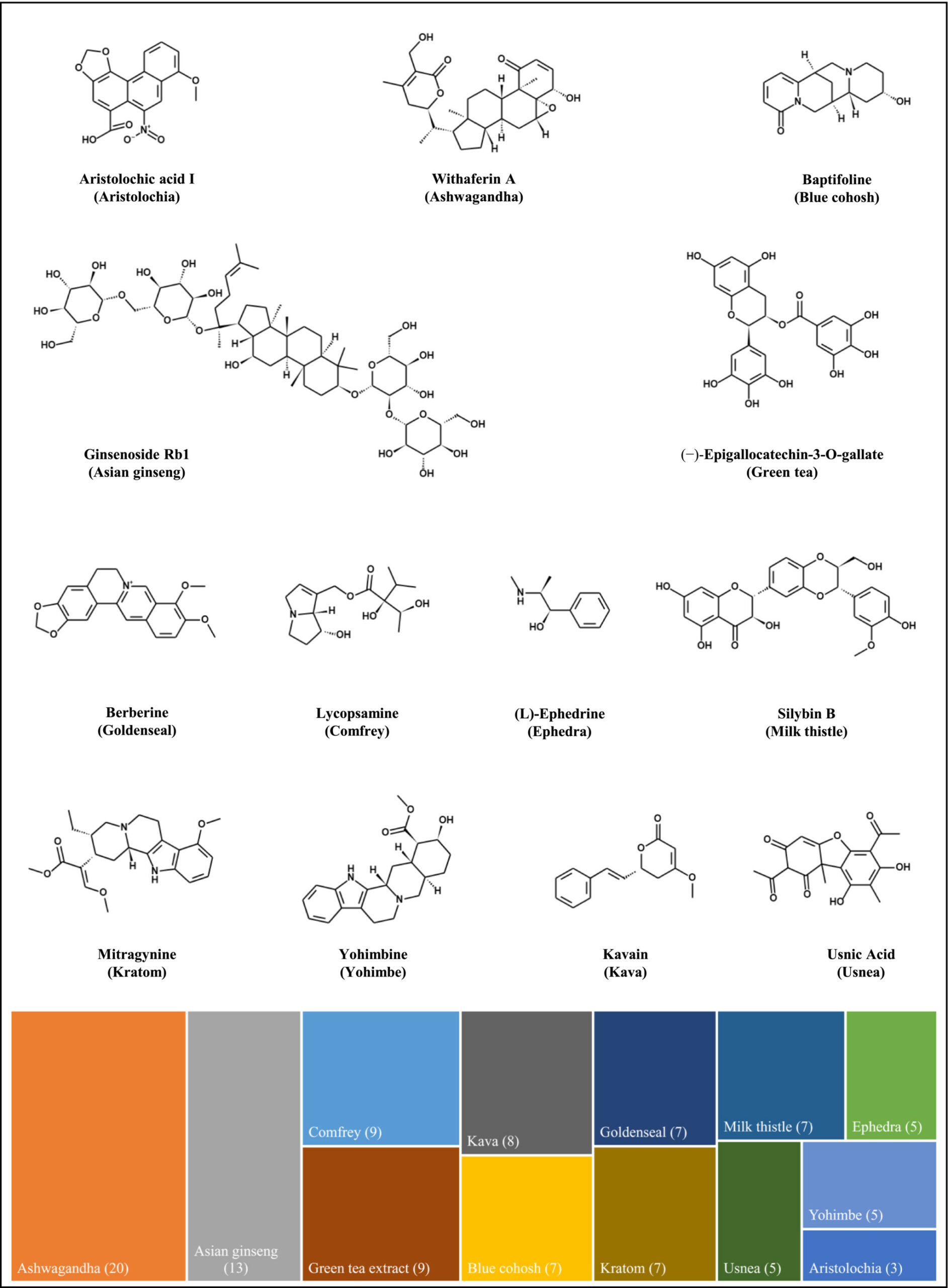New publication: Prediction of physicochemical and pharmacokinetic properties of botanical constituents by computational models
A newly published study from the Botanical Safety Consortium used computational models to predict the physiochemical and pharmacokinetic properties of botanical constituents. This study investigated 103 major compounds from 13 botanicals (e.g., ashwagandha, kratom, and yohimbe), providing insights into their absorption, bioavailability, and safety profiles. The in-silico predictions could help guide future safety studies and the selection of appropriate concentrations for in vitro testing. This research represents a significant advancement in understanding how these computational tools commonly used for pharmaceuticals and other single chemicals, can be used for botanicals, contributing to expanding the toolkit of in silico and in vitro tools to understand the safety profile of botanicals.
Read the full article at the link below:
Prediction of physicochemical and pharmacokinetic properties of botanical constituents by computational models. Liu et al., April 2024. Journal of Applied Toxicology. https://doi.org/10.1002/jat.4617

